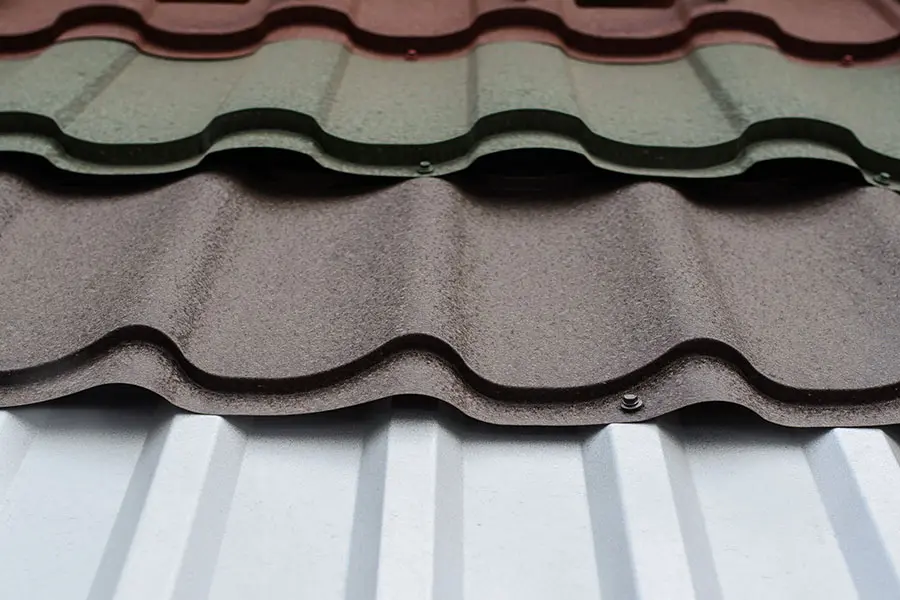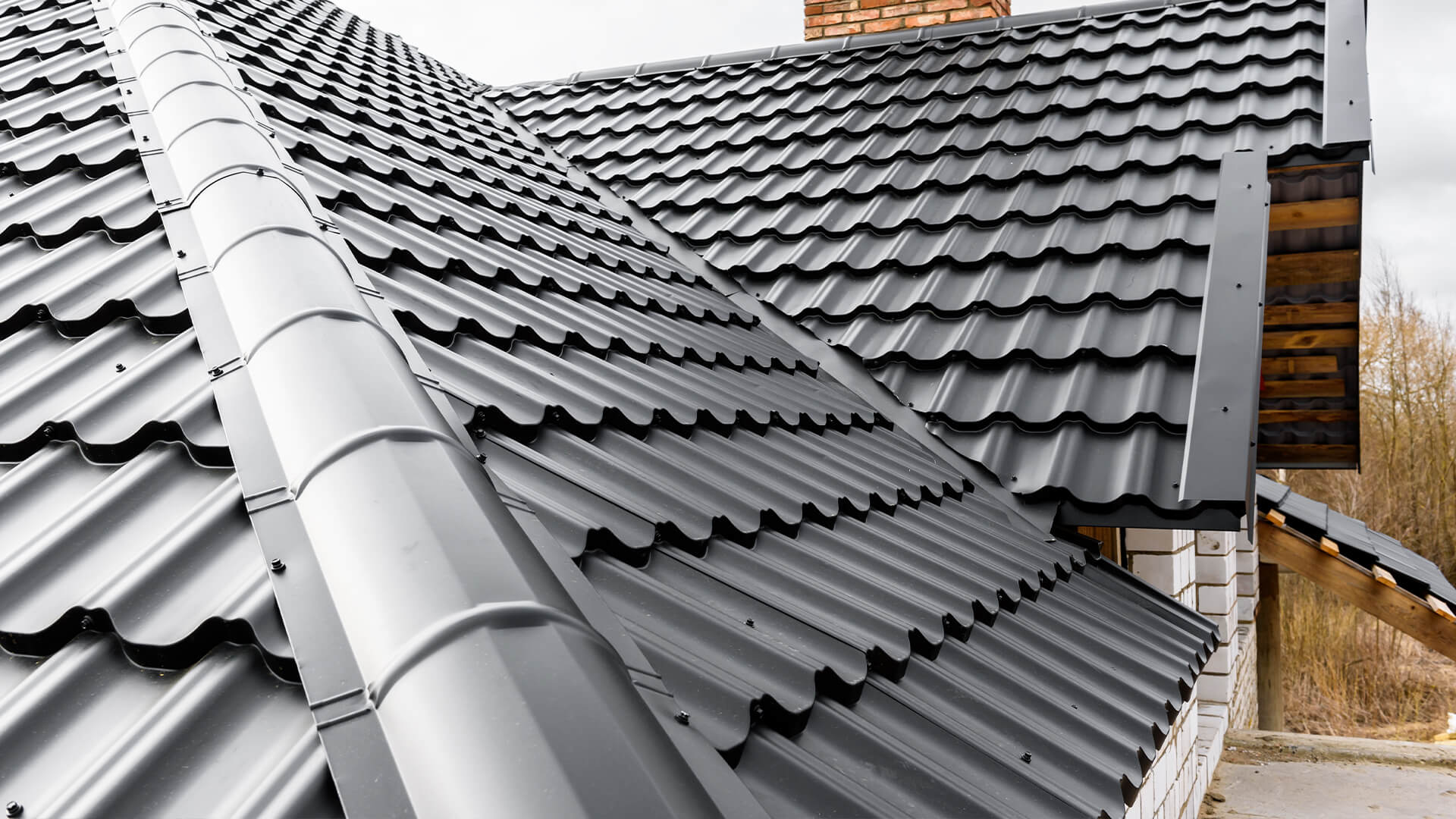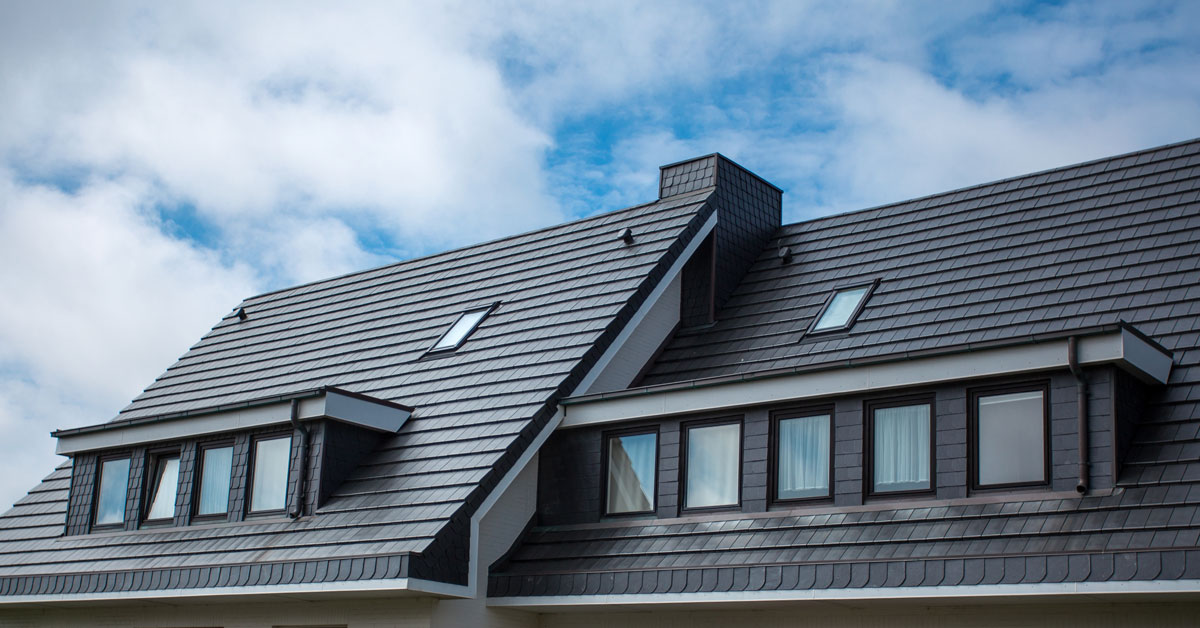Important Questions to Ask Gainesville Roofing Companies Before Hiring
Important Questions to Ask Gainesville Roofing Companies Before Hiring
Blog Article
Ideal Practices for Ensuring Appropriate Roofing Ventilation
Making certain appropriate roofing ventilation is crucial for the long life and efficiency of a roof. A balanced consumption and exhaust air vent ratio, generally 1:300, plays a pivotal function, with intake vents preferably positioned at the lower edge of the roofing for great air entry and exhaust vents at the optimal for cozy air leave. Normal evaluations to identify blockages and preserve clear airflow are paramount. Furthermore, keeping insulation away from vents is essential to stop airflow restriction. Recognizing these fundamental components sets the stage for even more in-depth insights into installment and maintenance techniques that can dramatically enhance your roof's performance.
Understand Ventilation Fundamentals
Correctly recognizing air flow basics is essential for guaranteeing the long life and efficiency of roof covering systems. Efficient air flow minimizes wetness build-up and temperature level extremes in the attic, both of which can bring about significant architectural damages gradually. A well-ventilated roof helps in preventing common issues such as mold and mildew development, wood rot, and ice dams, which can endanger the stability of the roofing materials and the underlying frameworks.
The key goal of air flow is to facilitate the motion of air, enabling a consistent exchange in between the outdoor and indoor environments. This equilibrium is achieved with a combination of intake and exhaust vents that collaborate to keep optimum airflow. Consumption vents, normally situated along the soffits or eaves, allow fresh air to get in the attic room area, while exhaust vents, frequently located at or near the roofing ridge, enable warm, damp air to run away.
Key aspects influencing the performance of roof covering air flow include proper placement, sufficient sizing, and ensuring that both intake and exhaust vents are unblocked. Routine inspection and maintenance are critical to recognize potential obstructions, damage, or ineffectiveness in the ventilation system, therefore protecting the roof's efficiency and longevity.
Sorts Of Roof Covering Vents
Roof covering vents play a crucial role in preserving effective attic room ventilation and, by extension, the general wellness of the roofing system. Numerous types of roof vents are readily available, each with distinct benefits customized to details roofing demands.

Soffit vents are mounted under the eaves and job in tandem with roofing system vents to ensure a well balanced intake and exhaust system. By allowing cooler air to get in from below, soffit vents promote the expulsion of warm air via top vents. Gable vents, situated on the exterior wall surfaces of the attic room, offer another effective service, specifically in homes with gable roofings.
Analyze Your Current Air Flow

Next, think about the age and condition of your roof covering materials and air flow components. Older systems might not conform with current building ordinance or might have degraded over time, lowering their effectiveness. Conduct a complete evaluation to identify any type of indicators of deterioration, such as rust, damages, or gaps that could endanger the system's efficiency.
Additionally, determine the attic room temperature and moisture degrees. High temperatures and humidity can show inadequate ventilation.
Installment Best Practices
Effective setup of roof covering ventilation systems is vital for guaranteeing optimum efficiency and long life. Correct installment begins with understanding the particular ventilation requirements of the structure and the roof it covers. This includes determining the right proportion of intake to exhaust vents, commonly adhering to the 1:300 policy, which states one square foot of air flow for each 300 square feet of attic floor room.

The positioning of vents is similarly important. Consumption vents must be set up at the roofing's reduced side, often in the soffits, to enable great air to go into. Exhaust vents, on the other hand, must be installed near or at the roofing's height to facilitate the departure of cozy, moist air. This creates a natural air movement that helps preserve temperature and moisture balance within the attic room space.
Seal all air vent links diligently to stop air leakages and potential water infiltration. Usage high-quality materials and follow manufacturer guidelines to guarantee toughness and performance. In addition, incorporating ridge vents have a peek here with baffles can significantly boost airflow effectiveness by stopping wind-driven rainfall and snow from going into the attic room.
Inevitably, specific installment of roofing ventilation systems reduces potential problems such as mold development, ice dams, and architectural damage, making certain the roofing system's stability and the building's general health and wellness.
Routine Maintenance Tips
Consistency in upkeep practices is essential to making certain the long-lasting performance of roofing ventilation systems. Throughout these assessments, ensure that vents are cost-free of particles, nests, and other blockages that could impede air flow.
Cleaning the vents is one more essential job. Utilize a soft brush or a vacuum cleaner to remove dust and particles from consumption and exhaust vents. Be careful not to harm the vent displays or louvers during the procedure. In addition, inspect the attic area for any type of indicators of water damage, which could endanger the honesty of the roof.
Proper insulation is equally crucial. Make certain that attic room insulation does not obstruct the vents, as this can seriously limit air movement. If any insulation has moved or cleared up, reposition or replace it to preserve an effective obstacle.
Finally, replace any type of harmed or missing elements without delay. Busted vents, fractured roof shingles, or worn-out blinking can all add to inadequate air flow and should be addressed right away. Normal upkeep ensures that click for more the roof covering air flow system works optimally, consequently prolonging the life-span of the roof covering itself.
Conclusion
Guaranteeing appropriate roof ventilation is paramount for keeping the performance and sturdiness of a roof. Adherence to the 1:300 consumption and exhaust vent proportion, combined with the tactical positioning of vents, is vital. Normal biannual inspections, particles cleaning, and making sure insulation does not obstruct air flow are crucial practices. Implementing these finest methods will promote a well-ventilated roof, therefore minimizing potential concerns connected to moisture build-up and excessive warm, eventually extending the roof's life expectancy.
A well balanced click to read consumption and exhaust vent ratio, typically 1:300, plays a critical function, with consumption vents preferably put at the reduced side of the roofing system for trendy air entry and exhaust vents at the height for cozy air exit. Intake vents, normally located along the soffits or eaves, permit fresh air to enter the attic area, while exhaust vents, usually situated at or near the roofing system ridge, allow warm, moist air to run away.
Soffit vents are installed under the eaves and work in tandem with roofing system vents to make sure a well balanced consumption and exhaust system. By enabling cooler air to get in from below, soffit vents help with the expulsion of warm air through upper vents. Adherence to the 1:300 consumption and exhaust vent proportion, coupled with the strategic placement of vents, is necessary.
Report this page